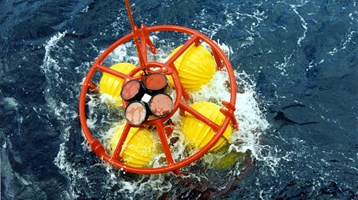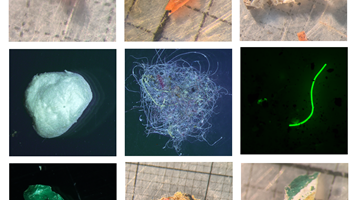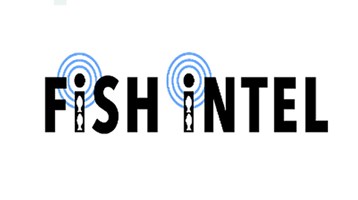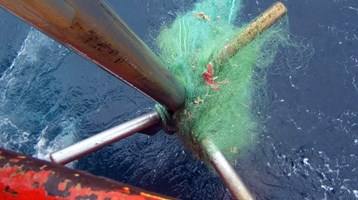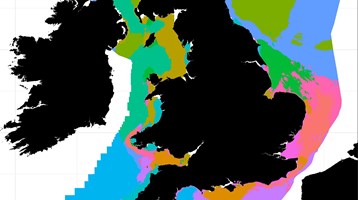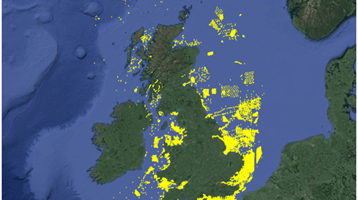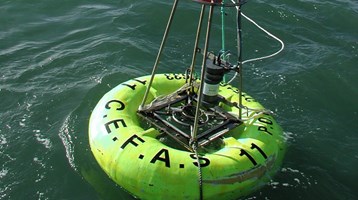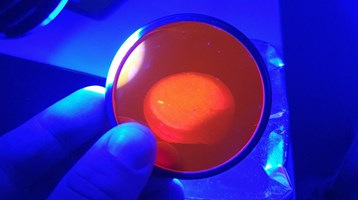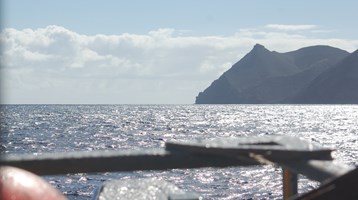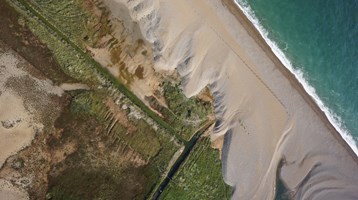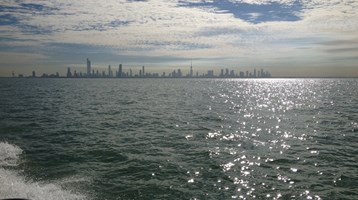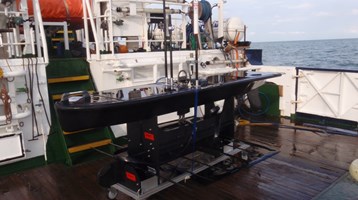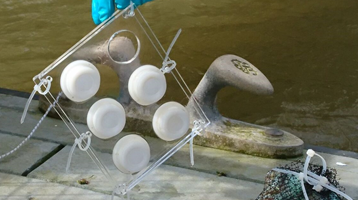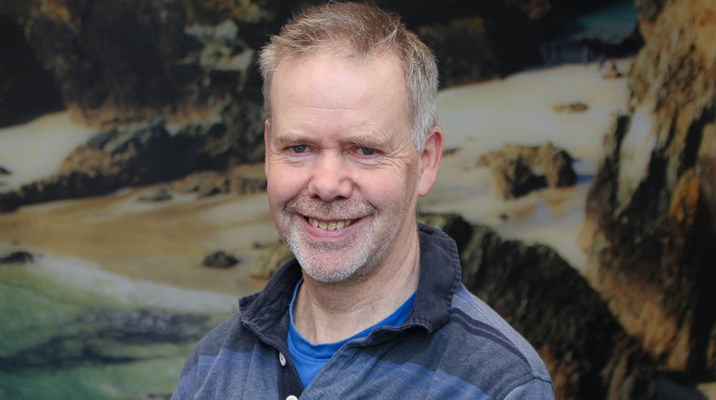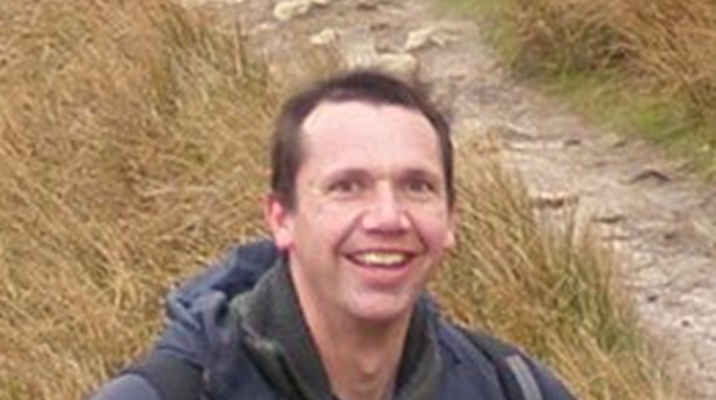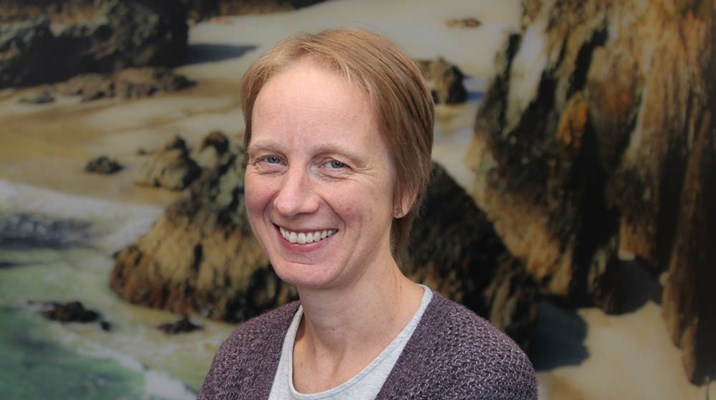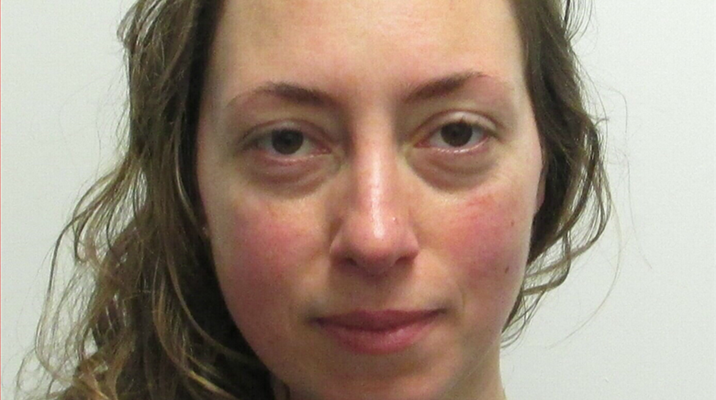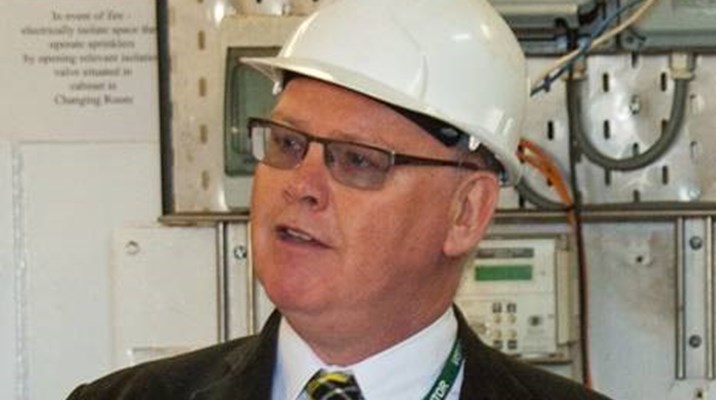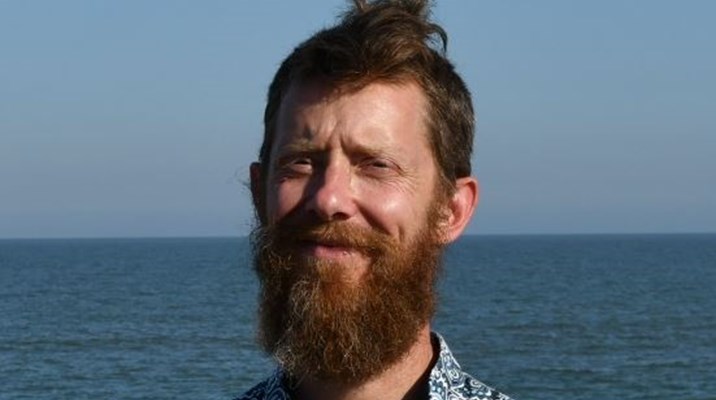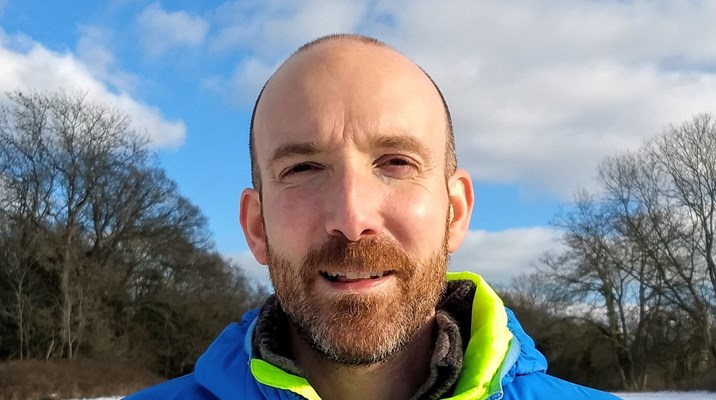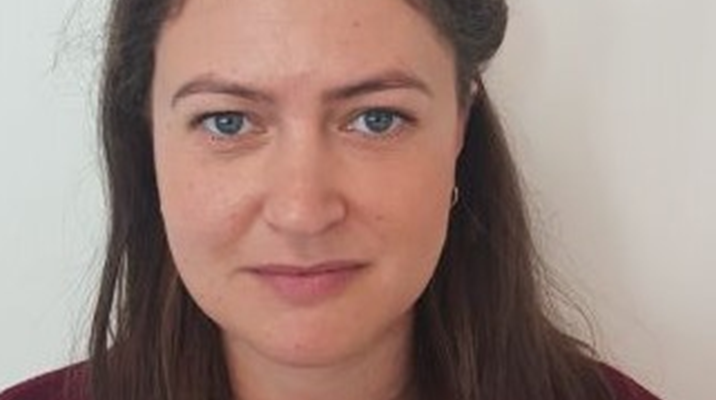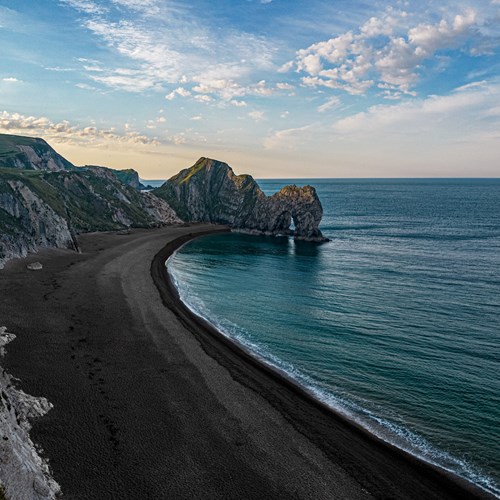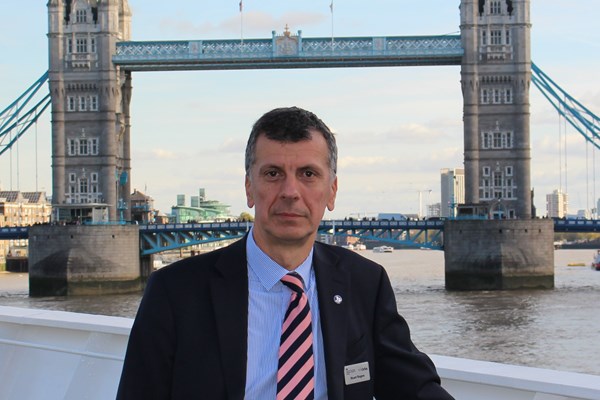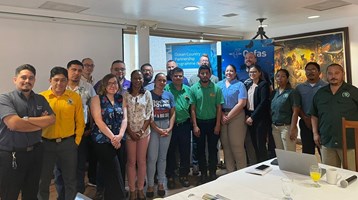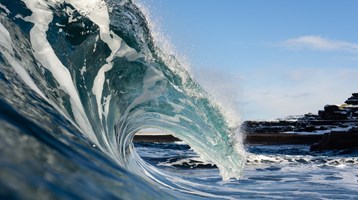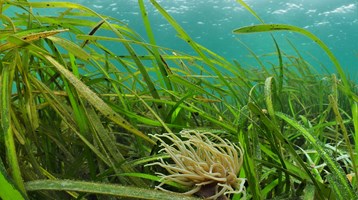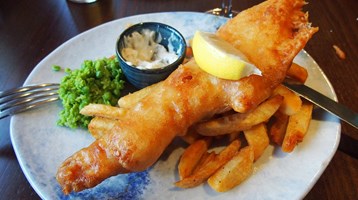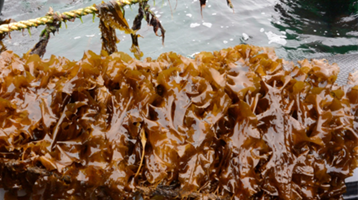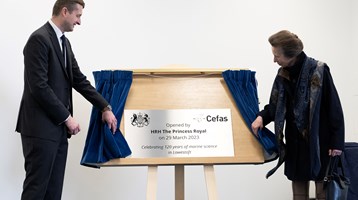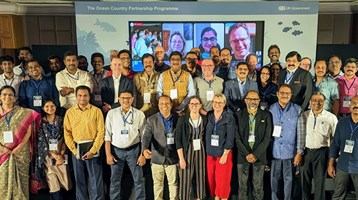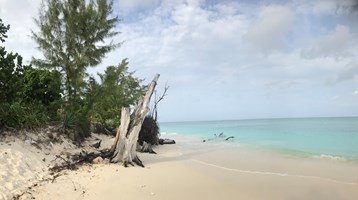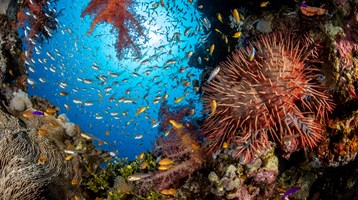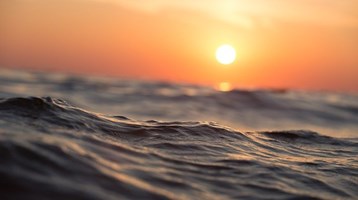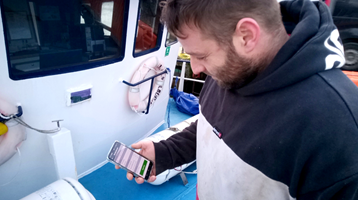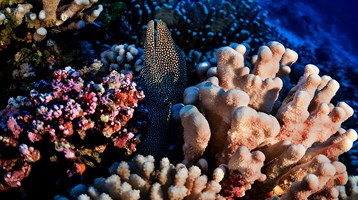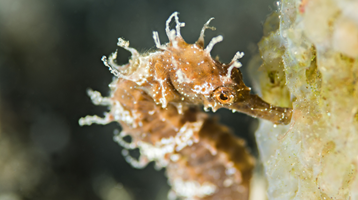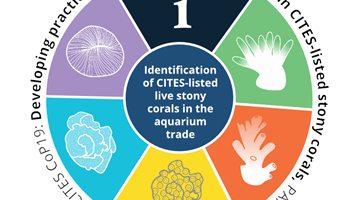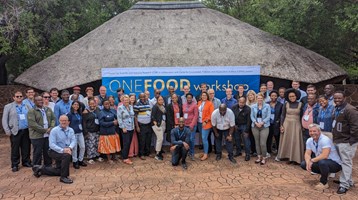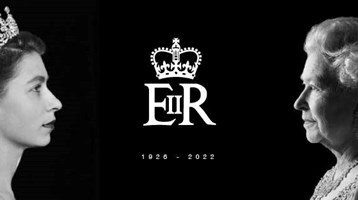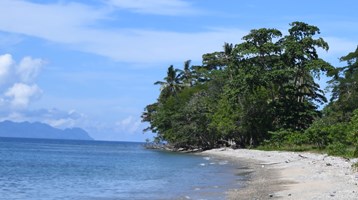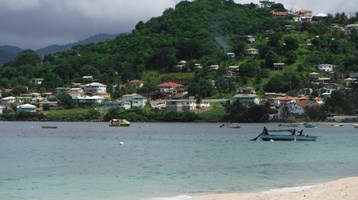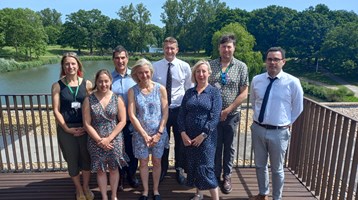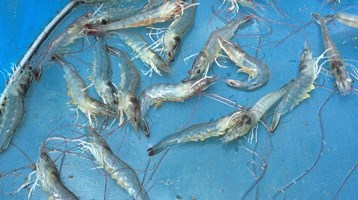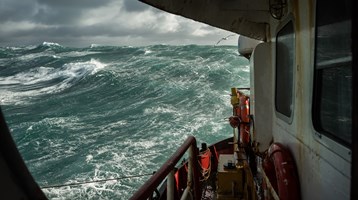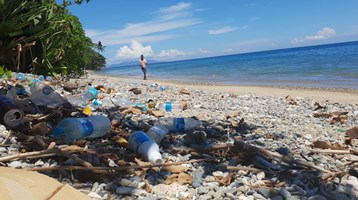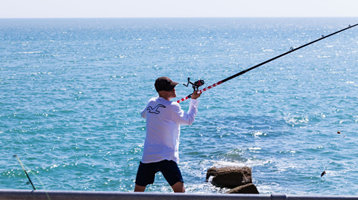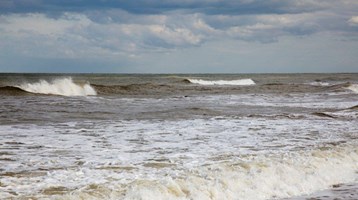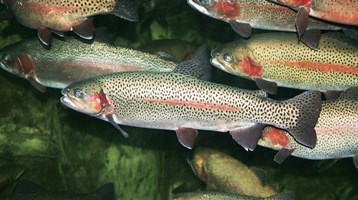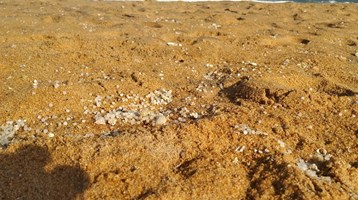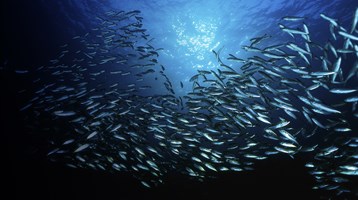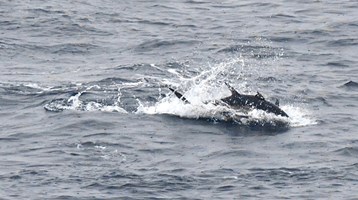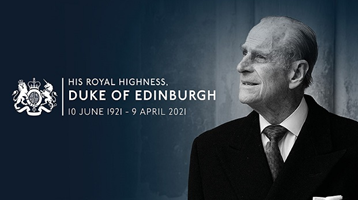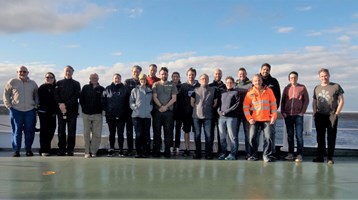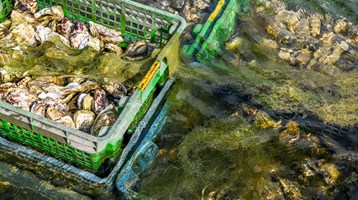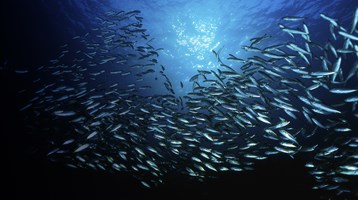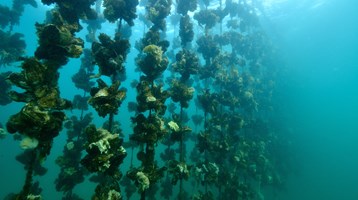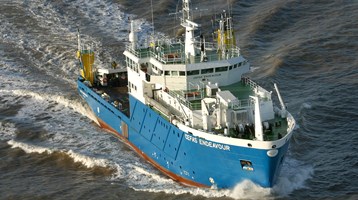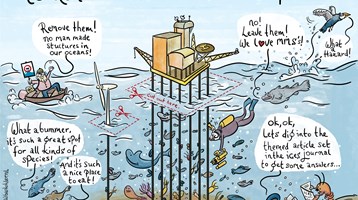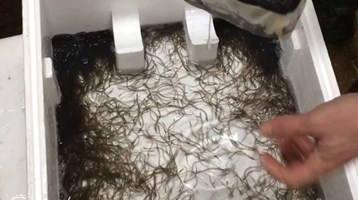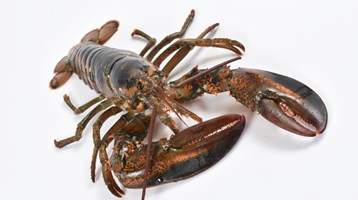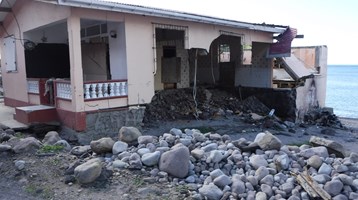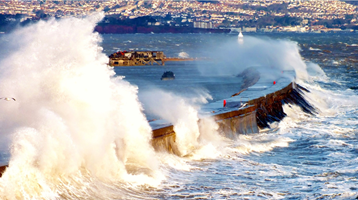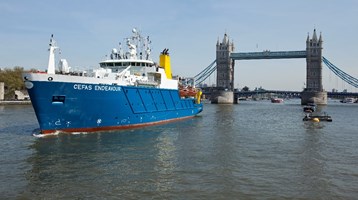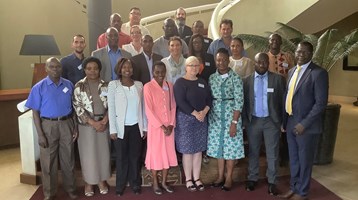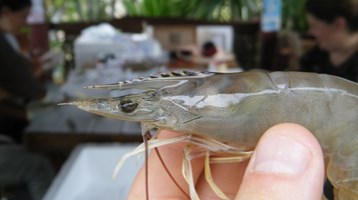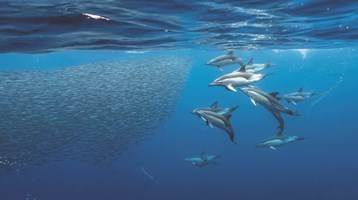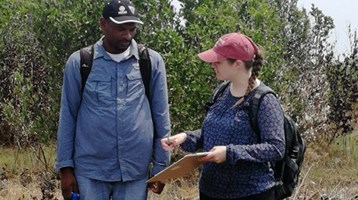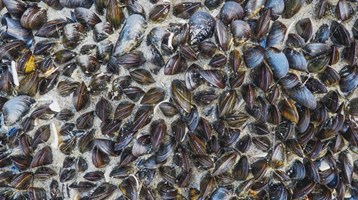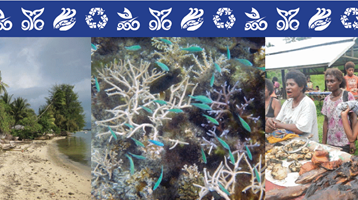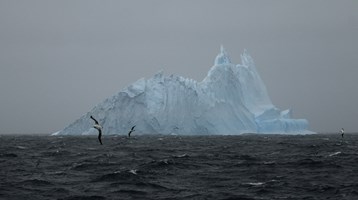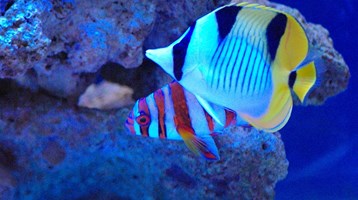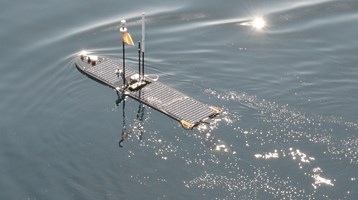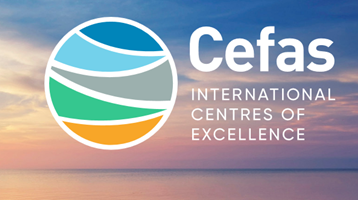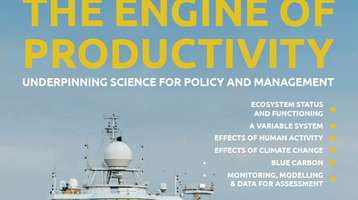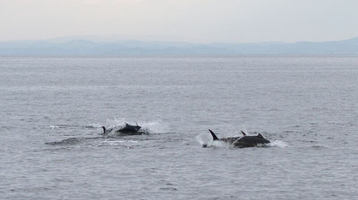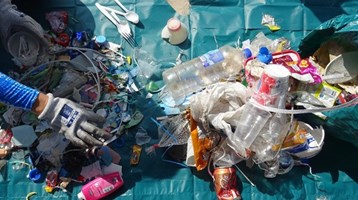Skippers take to the sea as part of Atlantic Bluefin Tuna monitoring programme
15 August 2022
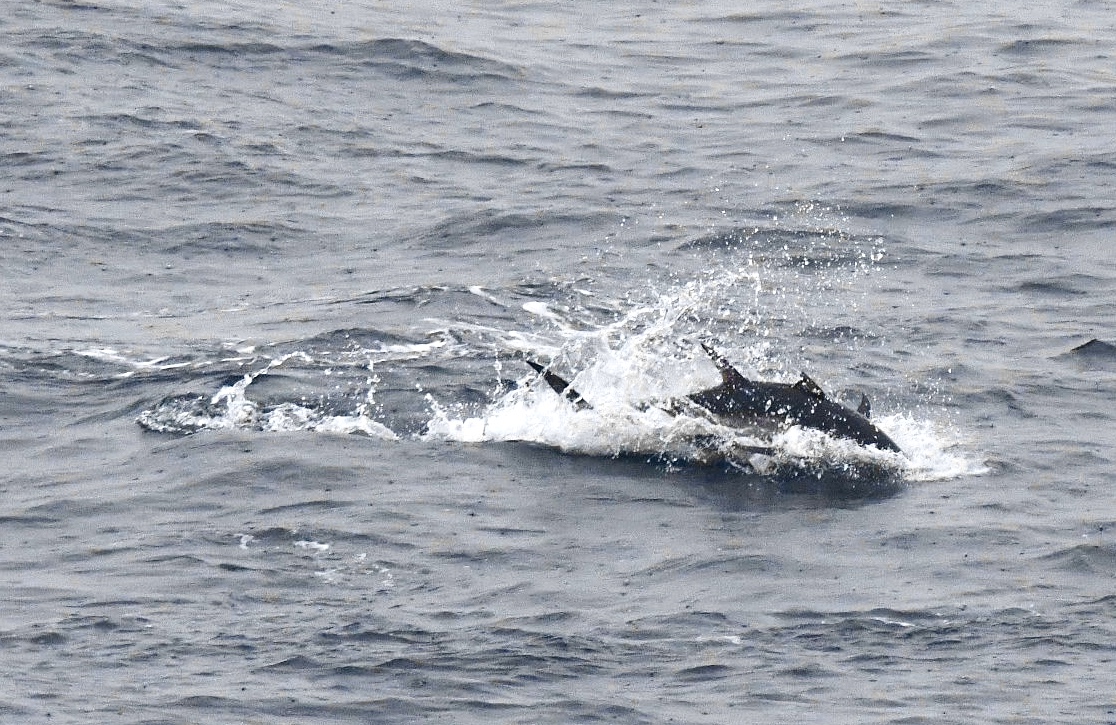
Today (15th August), 28 skippers and their crew from fishing ports across the South West and Southern England will be making their first voyage of the 2022 season to catch, tag and release Atlantic Bluefin Tuna (BFT).
The skippers are taking part in the Defra-funded scientific ‘catch, tag and release’ (CHART) programme which aims to provide important scientific data to understand and manage BFT while benefiting coastal communities. After a successful pilot in 2021, the programme has received funding for another year in 2022 and offers an exciting opportunity for recreational anglers to legally encounter these ocean giants.
BFT are known for being amongst the biggest, fastest and most valuable fish in the sea. Once a common sight, they largely disappeared from UK waters in the 1960s, likely as a result of population decline and changes in the availability of their preferred prey.
In recent years, the number of reported sightings of BFT in UK waters has been increasing. This has led to a growing interest in the species from the scientific community, recreational fishing groups, and the commercial fishing sector. Despite historic evidence of captures around the UK, we know relatively little detail of their day-to-day movements and behaviour, for example how long they stay in UK waters and where they go once they leave our coastal environment.
CHART brings together a breadth of fishing, science, and conservation interests in a collaborative, innovative approach to tuna scientific research. The data collected will contribute not only to improving understanding of BFT in English waters but will also be supplied to the International Commission for the Conservation of Atlantic Tunas (ICCAT).

Angler catching a Bluefin Tuna on board True Blue in 2021 © Steve Porter
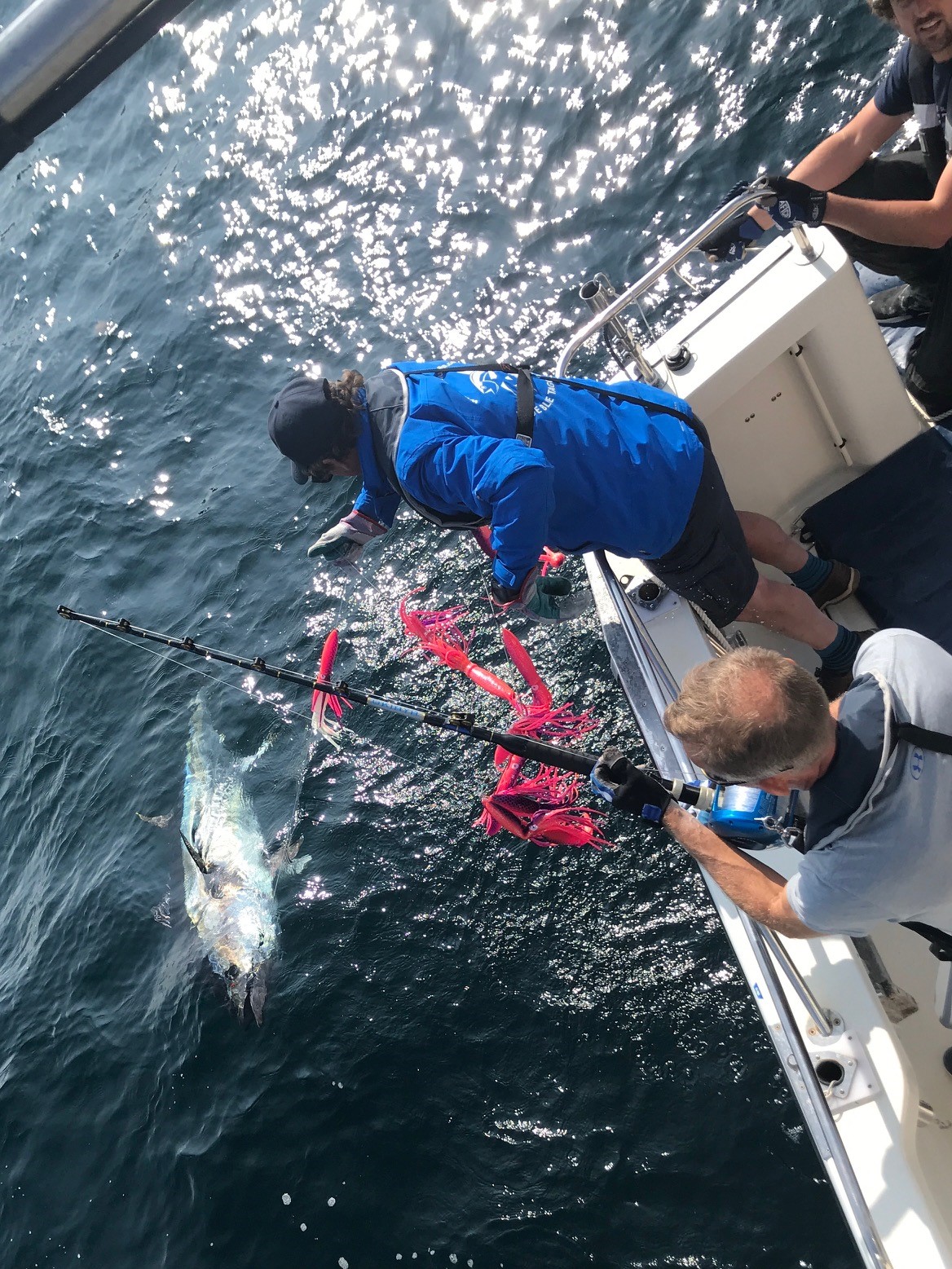
Anglers catching a Bluefin Tuna on board True Blue in 2021 © Steve Porter
Environment Secretary, George Eustice MP, said:
“The return of Atlantic Bluefin Tuna to UK waters is welcome news, and it is important we get the data to properly understand this through a catch, tag, and release programme."
“We are backing an expanded scheme this year and its findings will help inform the future management of this highly valued species, in line with our commitment to making sure our marine environment is protected.”
Sophy Phillips, Cefas Senior Fisheries Scientist said:
“Scientific research and citizen science projects have provided evidence that Atlantic Bluefin Tuna are returning to UK waters in increasing numbers during the summer months. But we still don’t understand enough about these amazing predators; CHART offers the potential to fill gaps in our knowledge of their distribution, movements, behaviour, numbers, and demographics. Training vessel skippers and their crew in scientific techniques so that they can tag the Atlantic Bluefin Tuna, as well as collect data on their size, fishing effort and sightings will enable us to develop a clearer picture of Atlantic Bluefin Tuna in English waters. With a bigger fleet in 2022, and with the experience we gained with the CHART fleet last year, we are looking forward to making big strides and building successfully on the dataset that was collected in CHART 2021.”
In its pilot year, the CHART programme tagged 704 tuna; measured 727 tuna; undertook 421 fishing trips, with 1069 paying anglers on board, representing a total of 2881 hours of fishing effort.
With more skippers on board, it is hoped that the 2022 season will achieve even more impressive results. 28 skippers were selected by the Centre for Environment, Fisheries, and Aquaculture Science (Cefas) and have joined forces with a team of observers and scientists, and other organisations including Defra, the Marine Management Organisation (MMO), Bluefin Tuna UK, and Natural England.
Ross Parham the skipper from Spot on Charters!, part of the pilot programme in 2021, said:
“As a returning skipper from CHART 2021, I am delighted to be chosen again for CHART 2022. In my opinion, the southwest of England has one of the best big game fisheries in the world with the Atlantic Bluefin Tuna that we are lucky to have in our coastal waters, so who would not want to be a part of that!"
“The Cefas team are brilliant and to see professional skippers working together with scientists makes for some great results and useful data.”
New skipper for 2022, Gary Thomas from Seriola Sport Fishing said:
“Over the past 6 years or so, I have gazed in amazement at these magnificent fish as they became more and more prolific in our coastal waters. As a lifelong obsessed angler, I wanted to get involved with an organisation that would give me the opportunity to legally fish for them. As the proud owner and skipper of ‘Seriola’, I am part of the CHART 2022 programme and have the privilege to legally target, catch, tag and release these iconic animals. On top of that, I can share this opportunity with other anglers and look forward to welcoming some of you aboard!”
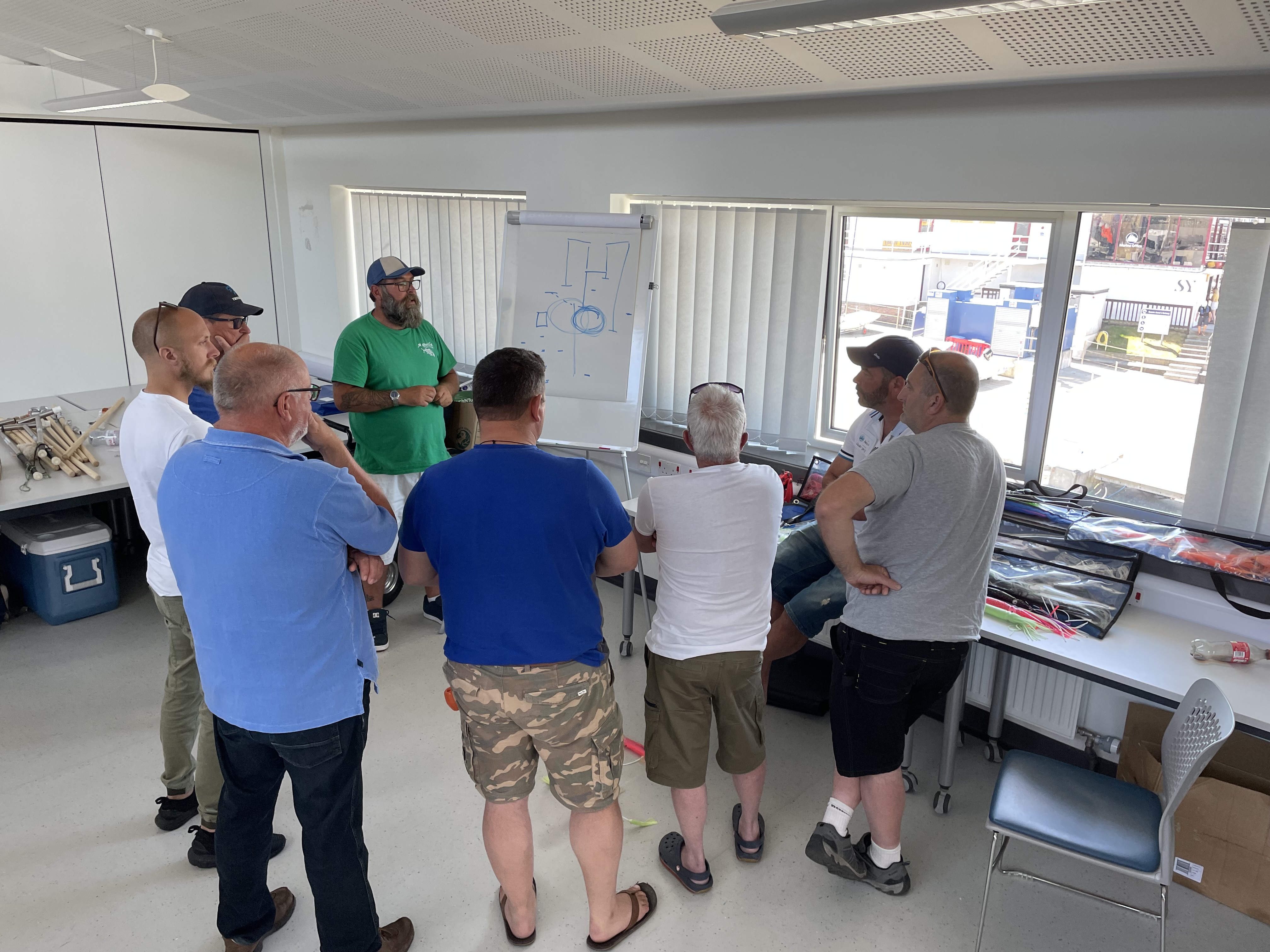
CHART skippers and crew at the recent training in Plymouth
Bespoke workshops led by Cefas scientists and sector experts were held in Falmouth and Plymouth last month (July), with 120 participants attending from Cornwall, Devon, Dorset, East Sussex and Hampshire. Attendees included CHART skippers and crew, Cefas, MMO, and Defra staff. Skippers and crew members were put through their paces to successfully complete the compulsory specialist training to understand the key objectives of CHART and promote best practice in the effective capture, tagging, recovery, and release of BFT.
Cefas will work collaboratively with skippers to provide observers throughout the programme to ensure that the operating standards of the programme are maintained and that the programme delivers valuable research while giving the highest consideration for the welfare and conservation of BFT. The mandatory training in fishing, tagging, fish handling and welfare, and data collection techniques have been designed to ensure compliance with strict operating standards aiming to safeguard animal welfare and support the conservation objectives at the heart of this valuable citizen science initiative.

